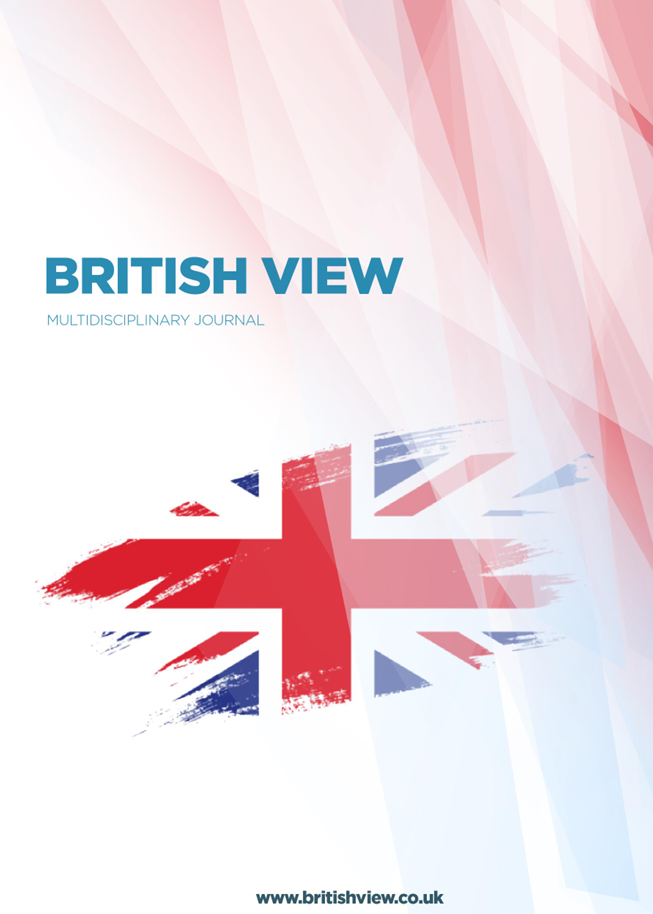Abstract
Language plays a pivotal role in shaping communication on social media platforms, influencing interpersonal interactions, cultural exchanges, and societal discourse. Social media has transformed traditional communication norms, creating new linguistic practices such as abbreviations, emojis, memes, and hashtags. This article explores the dynamic interplay between language and social media, highlighting its role in constructing identities, fostering communities, and amplifying cultural trends. Using a multidisciplinary approach, it examines the evolution of language in the digital era, the impact of platform-specific features, and the implications for societal communication. The findings reveal that social media language is not only a tool for interaction but also a reflection of cultural dynamics and technological advancements.
References
Androutsopoulos, J. (2015). Mediatization and Sociolinguistic Change. De Gruyter Mouton.
Crystal, D. (2011). Internet Linguistics: A Student Guide. Routledge.
Herring, S. C. (2013). Discourse in Web 2.0: Familiar, Reconfigured, and Emergent. Discourse Studies.
Tagg, C. (2015). Exploring Digital Communication: Language in Action. Routledge.
Zappavigna, M. (2015). Searchable Talk: Hashtags and Social Media Metadiscourse. Bloomsbury.
Gillen, J. (2014). Digital Literacies. Routledge.
Page, R. (2012). Stories and Social Media: Identities and Interaction. Routledge.
boyd, d. (2014). It’s Complicated: The Social Lives of Networked Teens. Yale University Press.
Van Dijck, J. (2013). The Culture of Connectivity: A Critical History of Social Media. Oxford University Press.
